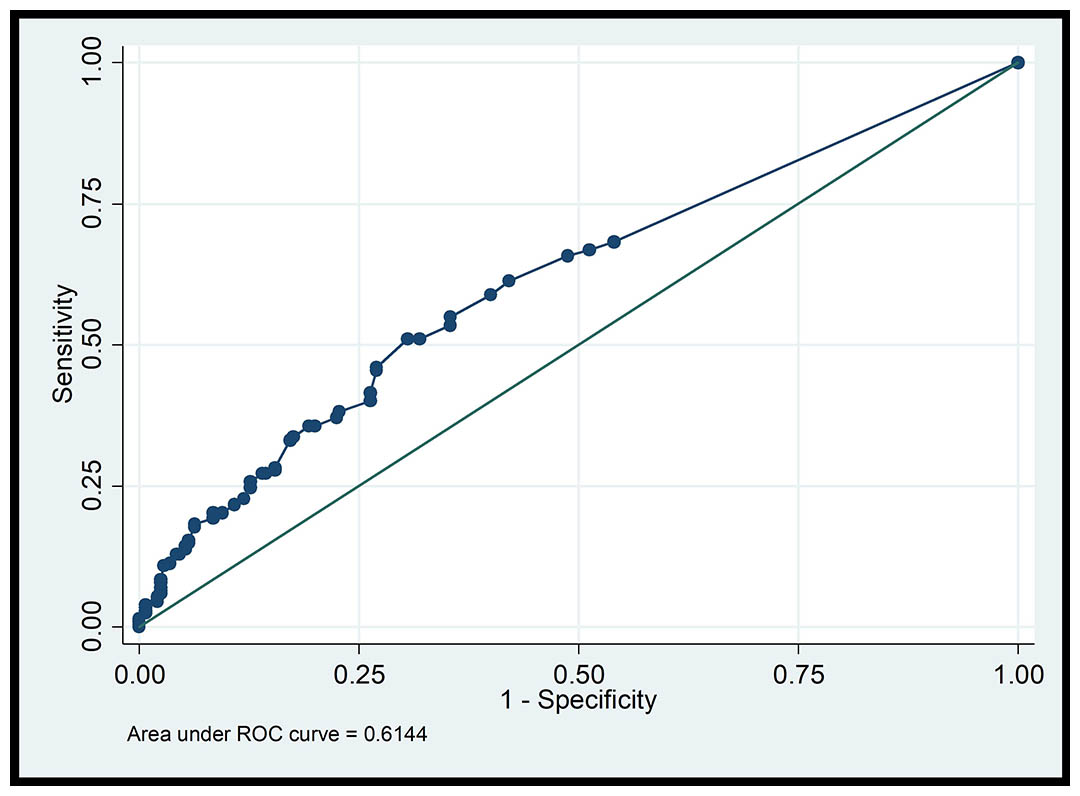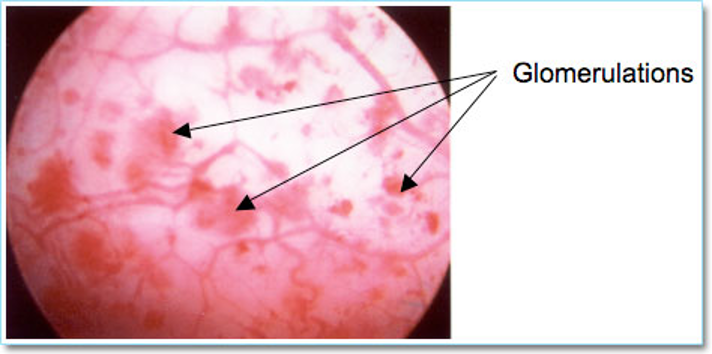
Surgery, especially incontinence procedures such as pubovaginal slings.Pharmacological from long-term use of antihistamines, anticholinergics, overactive bladder medications, opioids, tricyclic antidepressants, antispasmodics, antipsychotics, SSRIs, alpha-adrenergic agonists, etc.Pessary: poorly fitting or out of position.Obstruction from a vaginal hematoma, packing, sling procedures, urethral foreign body, urinary calculi, pelvic organ prolapse, failure of pelvic floor relaxation, etc.Iatrogenic nerve injury during pelvic surgery.Cystotomy not recognized during surgery.Brain tumor, infection, trauma, or stroke.Mechanism (obstructive or non-obstructive)įemale urinary retention is caused by one of four general etiologies: neurological, obstructive, pharmacological, and psychogenic.Ī number of etiologies exist for this condition.Complete (full retention) or partial (high post-void residuals).Etiologyįemale urinary retention is either acute or chronic and can be categorized according to the International Continence Society as: The condition is vital as it can lead to significant clinical problems if left untreated, such as bladder decompensation, hydronephrosis, renal failure, vesicoureteral reflux, nephrolithiasis, and urinary tract infections, as well as symptoms including suprapubic pain, feelings of incomplete emptying, weak urinary stream, urgency, and incontinence. The normal maximum bladder capacity is about 500 mL, so any amount over this is clearly abnormal and suggestive of urinary retention. Patients with acute retention will typically complain of suprapubic pain and inability to void normally, but some patients, particularly the elderly, may be asymptomatic.


Post-void residual urine volume measurements are typically made by using a bladder scanner or ultrasound to estimate the amount of urine remaining in the bladder after urination or by straight catheterization. Typically, the diagnosis is made from the finding of a high post-void residual urine volume, often along with symptoms of suprapubic pain or inability to void. It is loosely defined as the inability to pass urine, but a more precise definition is a bit challenging. The best consensus-recommended definition is a complete inability to void spontaneously or persistently elevated post-void residual urine volumes, which would lead to an adverse clinical outcome without any intervention. Urinary retention is one of the most prevalent urological complaints resulting in patients presenting to the emergency department, although this is typically in men rather than women.

The condition is important as it can lead to significant clinical problems if left untreated, such as bladder decompensation, hydronephrosis, renal failure, vesicoureteral reflux, nephrolithiasis, and urinary tract infections, as well as symptoms including suprapubic pain, feelings of incomplete emptying, weak urinary stream, urgency, and incontinence. Two of the most common causes of chronic urinary retention in women are bladder muscle dysfunction and obstruction. Post-Void residual volume measurements are usually done using ultrasound and provide an estimate of the amount of urine remaining in the bladder after urination. Typically, it is diagnosed when there is a high post-void residual volume. Urinary retention, or the inability to voluntarily void urine, is one of the most prevalent presenting urologic complaints in the emergency department.


 0 kommentar(er)
0 kommentar(er)
